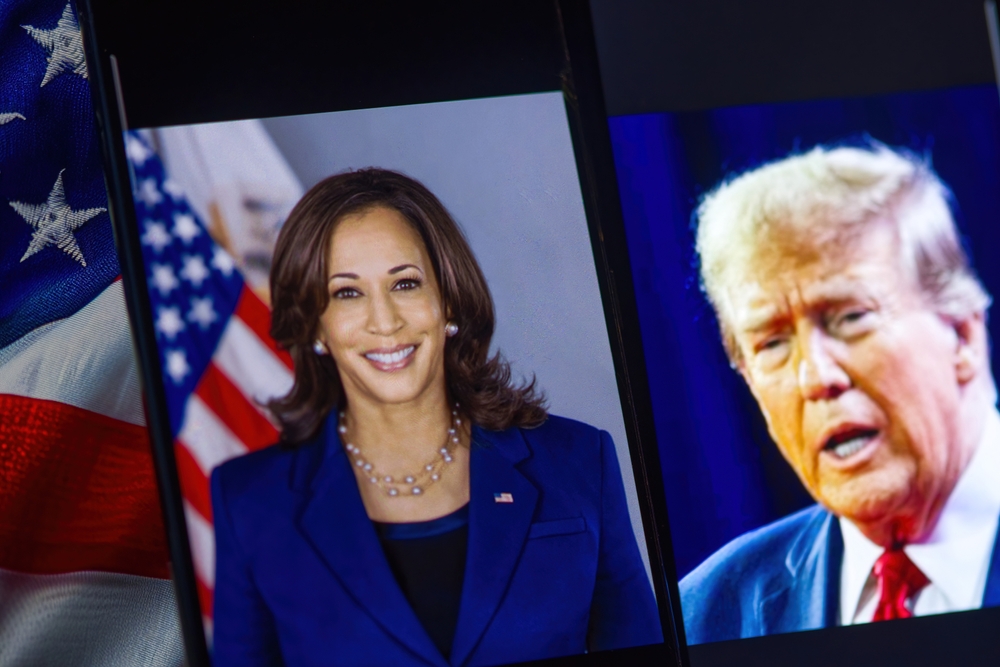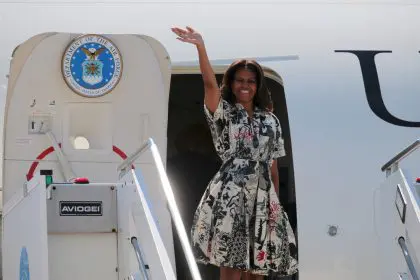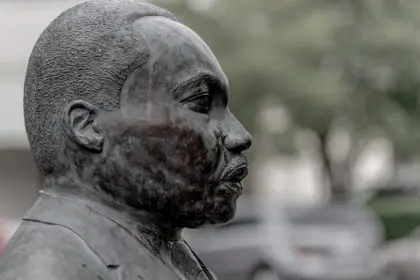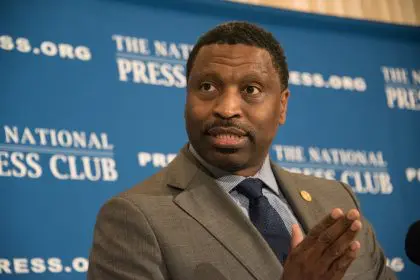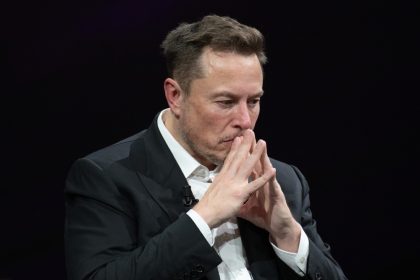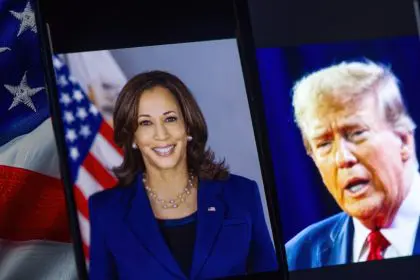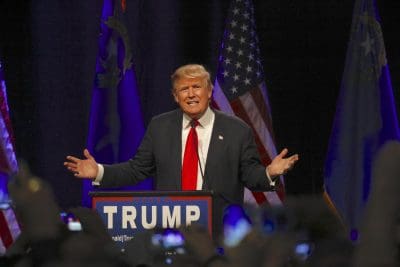A seemingly routine social media post by Vice President Kamala Harris has evolved into a focal point of political discourse, highlighting the persistent divisions within America‘s political landscape. The vice president’s choice to share a modified photograph from President Jimmy Carter’s memorial service – one that notably excluded former President Donald Trump – has sparked intense debate about political decorum and the boundaries of digital diplomacy.
The power of selective framing
The memorial service at Washington National Cathedral on January 9 brought together America’s political elite in a rare display of bipartisan unity to honor President Carter’s legacy of humanitarian service and diplomatic achievement. Yet, what followed on social media would underscore the deep fissures that continue to characterize American politics.
Digital diplomacy meets modern politics
Harris’s Instagram post featured a carefully framed photograph showing President Joe Biden, former Presidents Barack Obama, Bill Clinton, and George W. Bush – but conspicuously omitted Trump, who was present at the service. The vice president’s accompanying message praised Carter’s legacy of faith and public service, while the visual narrative she chose to present spoke volumes about contemporary political dynamics.
Beyond the frame
The implications of Harris’s editorial choice extend far beyond social media aesthetics. Political analysts suggest this incident reflects a broader pattern of how digital communications have become instrumental in shaping political narratives and reinforcing ideological boundaries, even during moments traditionally reserved for national unity.
The evolution of political imagery
In an era where political communication increasingly relies on visual storytelling, the strategic use of photography has taken on new significance. The incident draws parallels to historical instances of photo manipulation in politics, though modern digital platforms have amplified both the impact and scrutiny of such choices.
Institutional echoes
The reverberations of Harris’s post gained additional complexity when the Carter Center, the humanitarian organization established by Jimmy and Rosalynn Carter, shared its own series of photographs that similarly excluded Trump from their visual narrative. This parallel action raised questions about the intersection of institutional memory and contemporary political messaging.
Legacy and discord
The memorial service itself represented a poignant moment for reflection on Carter’s enduring impact on American public life. As the nation’s longest-lived former president, Carter’s post-presidential work in humanitarian causes and conflict resolution stood in stark contrast to the political tensions evident in the aftermath of his memorial service.
Carter’s dedication to fostering dialogue across political divides makes the subsequent controversy particularly noteworthy. His presidency and later humanitarian work emphasized unity and understanding – values that seem increasingly challenged in today’s political climate.
Looking forward
The incident serves as a mirror reflecting the current state of American political discourse. While memorial services traditionally offer opportunities for political rivals to demonstrate unity and mutual respect, the aftermath of Carter’s service reveals how deeply entrenched political divisions persist, even in moments meant for national mourning and reflection.
Political observers note that such incidents, while seemingly minor, can have lasting implications for public perception and political relationships. The choice to exclude certain figures from historical documentation, whether through traditional or social media, raises important questions about how contemporary political history will be preserved and interpreted by future generations.
A broader perspective
The controversy surrounding Harris’s photo choice exists within a larger context of evolving political communication norms. As digital platforms continue to shape public discourse, the line between personal expression and official communication becomes increasingly blurred, particularly for high-ranking public officials.
The incident has prompted discussions about the role of social media in political discourse and the responsibilities of public officials in maintaining institutional dignity while engaging with digital platforms. Some experts suggest that these platforms’ immediate and personal nature can sometimes conflict with the traditional gravitas expected of high office.
The path forward
As the nation continues to navigate its complex political landscape, incidents like this highlight the ongoing challenge of maintaining civil discourse while acknowledging deep political divisions. The tension between personal expression and institutional responsibility remains a critical consideration for political leaders operating in an increasingly digital world.
The lasting impact of this incident may not lie in the immediate controversy but in what it reveals about the current state of American political culture and the evolving nature of political communication in the digital age. As the country moves forward, the balance between personal expression and institutional dignity continues to be redefined, shaped by each new interaction between traditional political protocols and modern communication platforms.

